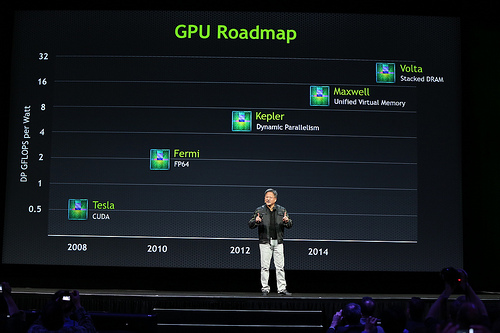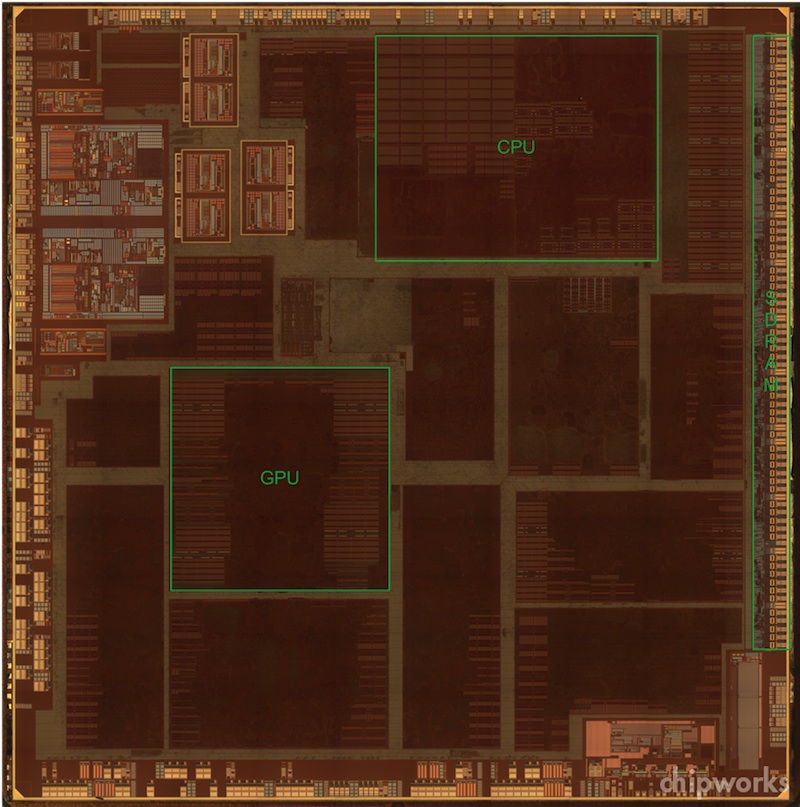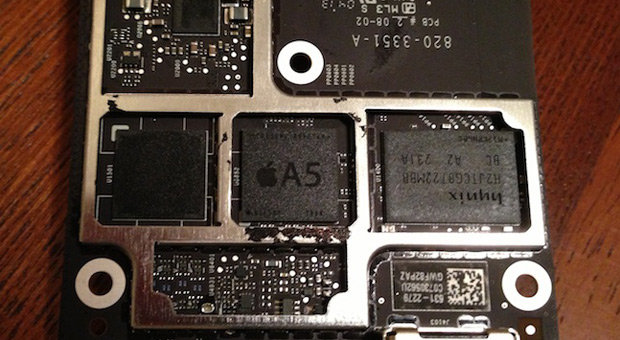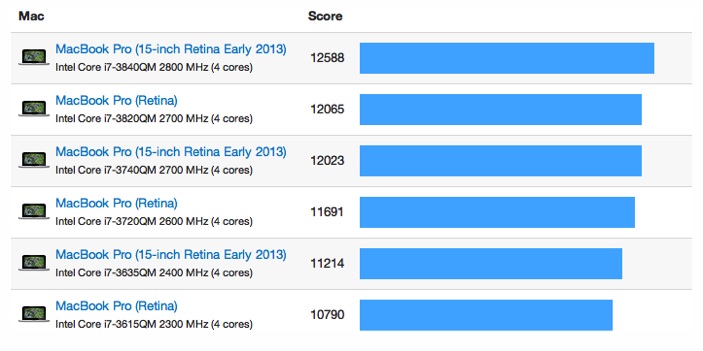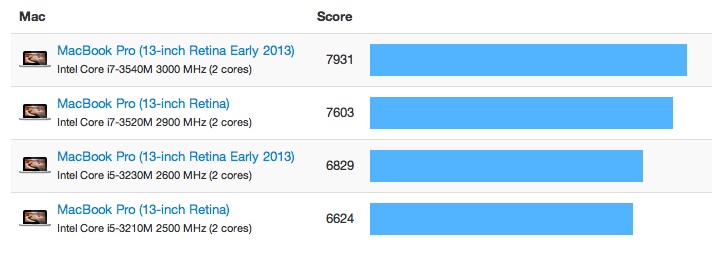 Only a handful of new Samsung Galaxy S4 smart phones could boast eight-core power when it goes on sale this month. And the UK's phones will be among a reported 70 per cent of the first S4s to be quad-core instead.
Only a handful of new Samsung Galaxy S4 smart phones could boast eight-core power when it goes on sale this month. And the UK's phones will be among a reported 70 per cent of the first S4s to be quad-core instead.
It was revealed this week that the S4 will be quad-core in the UK and not eight-core as anticipated. Korean source ETNews reports Samsung simply hasn't been able to make enough Exynos chips to fill the millions of S4 phones it's expecting to sell.
According to ETNews' unconfirmed sources, Samsung has enough of its new Exynos 5 Octa chips for just 30 per cent of phones in the first batch to go on sale, thanks to purported hitches in the production process.
The other 70 per cent are set to be powered by Qualcomm-built quad-core chips. The quad-core version contains a Snapdragon 600 CPU, still a muscular processor... but four ain't eight by anybody's maths, and it certainly isn't the promised next generation smart phone Samsung promised.
The eight-core Exynos processor contains a Cortex-A7 with four cores clocked at 1.2GHz, drawing less power for everyday tasks. Then when things get hectic with intensive tasks such as fast-paced 3D gaming or videos, the S4 rolls up its sleeves and seamlessly switches to a second Cortex-A15 chip with four cores clocked at a faster speed.
The S4 goes on sale on 26 April. What isn't clear is how Samsung will highlight whether each S4 is quad-core or octo-core, or indeed whether there'll be any demarcation at all. But for the moment it appears to be academic, as Samsung hasn't revealed when -- or, whisper it, if -- the UK will get all eight cores. If these reports are correct, it could be a while before we see an eight-core S4, if at all.
[Source: CNET]

